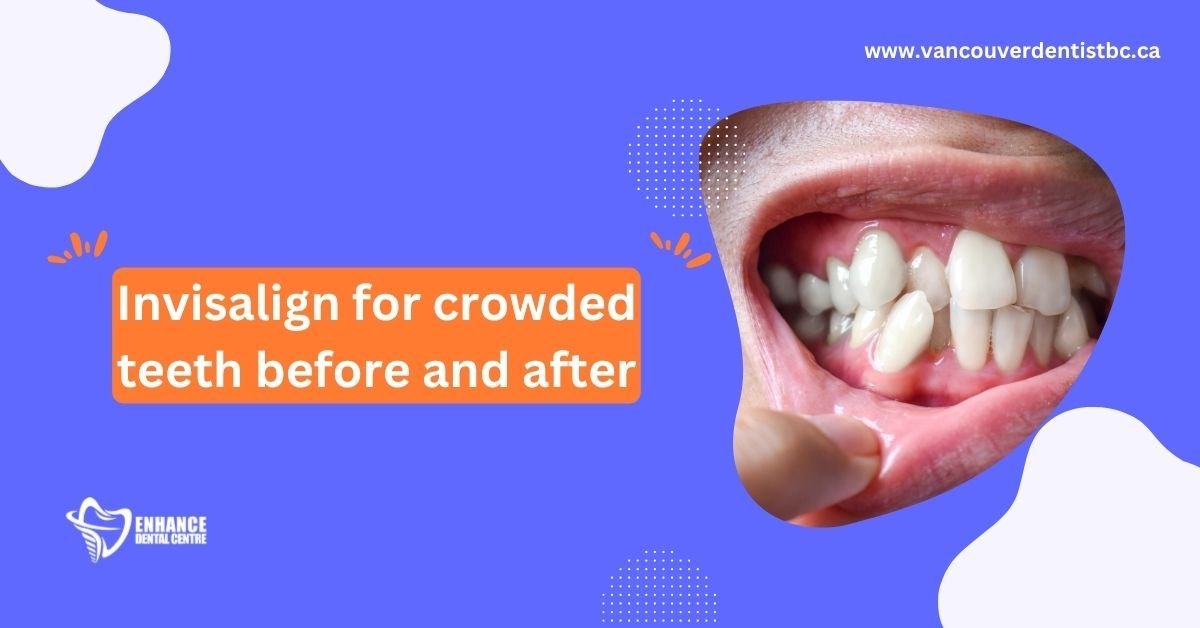Whether tooth extraction is essential because of extensive decay, infection, or crowding, the thought of extracting a tooth may be very daunting for most people. Knowing more about how the healing process takes place often eases many worries concerning the treatment and allows one to recover without much hassle.
Enhance Dental Centre looks forward to providing you not only with great dental care but also with all necessary information you needduring the healing process. We will help you through what to expect immediately after extraction, management of recovery in the first week, and methods that might help speed up the process while making it as painless as possible. Just count on us for your support throughout.
Tooth Extraction Healing Stages
We will break down the healing process into distinct stages. Let’s see what these stages are:
Day 1-3: Immediate Post-Extraction Care
Take great care of your wound for the first three days following tooth extraction. Your dentist will instruct you specifically on how to facilitate the healing process. Then, gently bite on gauze to form a blood clot that will stop the bleeding and help in healing.
Take pain medications as prescribed, apply cold compresses, maintain good pain and swelling control, and always eat soft foods while avoiding hot, spicy, or crunchy food items. Hence, you are not irritated and can heal properly.
Day 4-7: Initial Healing Phase
Days four to seven focus on closing the wound and pain management. If you have dissolvable stitches, they may begin to dissolve by this time. To prevent infection, gently clean your mouth by brushing and using a salt water rinse. Do not smoke or use straws, as this will dislodge blood clots formed and delay healing.
Week 2-3: Secondary Healing Phase
In the second and third weeks following the extraction, you should feel somewhat improved regarding soft tissue and gum healing. However, keep a watch on infections or difficulties like dry sockets, for which you may need your dentist’s help. Gradually return to normal food and other activities, but be more cautious around the extraction area to let it heal.
Week 4 and Later: Long-Term Healing
From the fourth week onwards, the focus will be on long-term healing and maintenance of good oral health. This time is needed for the healing of bones, preparing the groundwork for possible future treatments like dental implants. Regular follow-up with your dentist is critical to monitoring your healing process and identifying any problems. Patience and careful attention are important for a smooth recovery after tooth extraction.
What Are Some Recovery Concerns?
In case you notice any of these symptoms, contact your dentist:
- If pain after your tooth extraction gets worse instead of better.
- If your gums swell more over time.
- If your bleeding doesn’t stop and you have a dry socket.
- If you have a high fever, feel nauseous, or vomit.
- If you have severe pain that spreads to your ear.
- If you notice bad-tasting or smelly drainage from the wound.
Can I Speed Up Healing Time After Getting a Tooth Pulled?
Whether simple or surgical, following your dentist after an extraction is necessary for prompt healing. Take prescribed antibiotics and pain medication as directed. Your dentist should provide sufficient instruction on how to keep the extraction site clean to prevent infection and support healing.
Take only soft foods after extraction and seek advice from your dentist on when you can resume normal eating. Avoid drinking from straws, smoke, or vapes for some days to prevent the compromise in blood clots at the extraction site. Besides, avoid strenuous activities for the days after extraction to minimize the occurrence of bleeding.
Conclusion
The healing process after a tooth extraction is important for your dental health. Following the care guidelines from the moment you leave the dentist to your long-term recovery can improve your healing and reduce complications.
At Enhance Dental Centre, our team supports you and provides expert advice during your recovery. Whether you are dealing with pain, keeping your mouth clean, or getting ready for future treatments, we want to make your healing journey smooth and effective.
If you have any questions or concerns, please contact us. Your health is our priority, and we are dedicated to helping you recover comfortably. Schedule a follow-up appointment to check your progress and address any issues you may have.
FAQs
1. How will I know if my extraction site has become infected?
Common signs and symptoms include pain that gradually increases, possibly getting worse about two to three days after extraction, swelling that appears to worsen, heavy bleeding, bad smell or taste in the mouth, fever or chills, and trouble opening one’s mouth widest or swallowing.
2. How do I know if my tooth extraction is healing properly?
Good signs of healing include less or reduced aches and swelling after a few days, gradual relief from discomfort, the formation of blood clots in the socket, growth of pink tissue over the area, and normal or slightly increased body temperature.
3. What does a healing tooth socket look like?
There are several stages that a tooth socket goes through as it heals. Some slight bleeding will first occur, which should stop after a few hours. Within 24-48 hours, a blood clot will form to cover and protect the bone and nerves. During the next few days, the clot may appear whitish or yellowish as it starts to harden and turns almost invisible because it’s close in color to the surrounding tissue. As the healing progresses, new pink tissue fills in the socket. It eventually heals completely, with gum tissue that matches the surrounding tissue, free from signs of infection or inflammation.
4. How do I know if my tooth extraction is healing properly?
Over time and as healing occurs, the socket should gradually start to fill with new tissue and develop into this pinkish tissue referred to as granulation tissue. The long-term effect should be a closed socket with very similar gum tissue compared to that surrounding it, and neither infection nor inflammation is evident.









